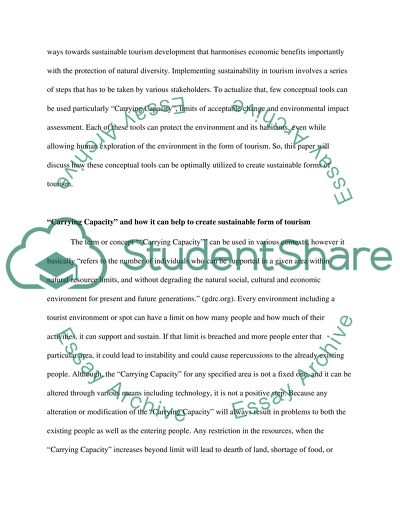Cite this document
(“How far can conceptual tools such as carrying capacity, limits of Assignment”, n.d.)
Retrieved from https://studentshare.org/family-consumer-science/1415446-how-far-can-conceptual-tools-such-as-carrying
Retrieved from https://studentshare.org/family-consumer-science/1415446-how-far-can-conceptual-tools-such-as-carrying
(How Far Can Conceptual Tools Such As Carrying Capacity, Limits of Assignment)
https://studentshare.org/family-consumer-science/1415446-how-far-can-conceptual-tools-such-as-carrying.
https://studentshare.org/family-consumer-science/1415446-how-far-can-conceptual-tools-such-as-carrying.
“How Far Can Conceptual Tools Such As Carrying Capacity, Limits of Assignment”, n.d. https://studentshare.org/family-consumer-science/1415446-how-far-can-conceptual-tools-such-as-carrying.


